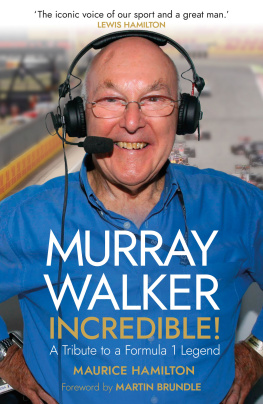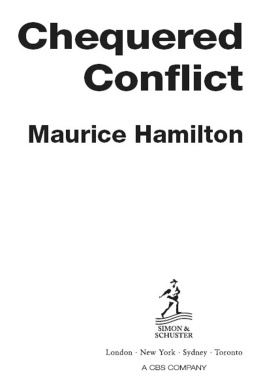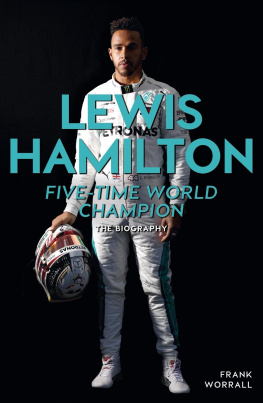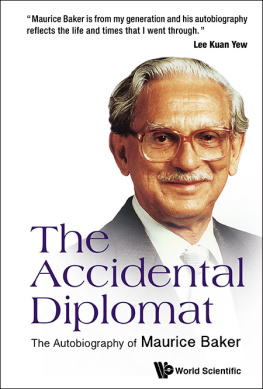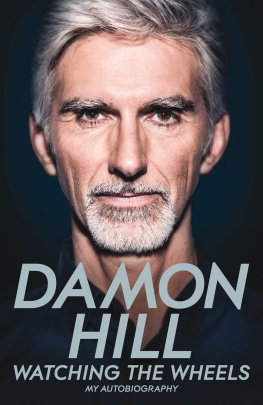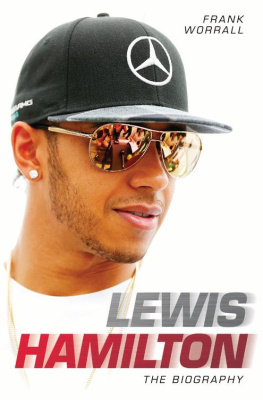Maurice Hamilton - Formula One: The Pursuit of Speed
Here you can read online Maurice Hamilton - Formula One: The Pursuit of Speed full text of the book (entire story) in english for free. Download pdf and epub, get meaning, cover and reviews about this ebook. year: 2016, publisher: MBI, genre: Detective and thriller. Description of the work, (preface) as well as reviews are available. Best literature library LitArk.com created for fans of good reading and offers a wide selection of genres:
Romance novel
Science fiction
Adventure
Detective
Science
History
Home and family
Prose
Art
Politics
Computer
Non-fiction
Religion
Business
Children
Humor
Choose a favorite category and find really read worthwhile books. Enjoy immersion in the world of imagination, feel the emotions of the characters or learn something new for yourself, make an fascinating discovery.

- Book:Formula One: The Pursuit of Speed
- Author:
- Publisher:MBI
- Genre:
- Year:2016
- Rating:3 / 5
- Favourites:Add to favourites
- Your mark:
- 60
- 1
- 2
- 3
- 4
- 5
Formula One: The Pursuit of Speed: summary, description and annotation
We offer to read an annotation, description, summary or preface (depends on what the author of the book "Formula One: The Pursuit of Speed" wrote himself). If you haven't found the necessary information about the book — write in the comments, we will try to find it.
Formula One: The Pursuit of Speed — read online for free the complete book (whole text) full work
Below is the text of the book, divided by pages. System saving the place of the last page read, allows you to conveniently read the book "Formula One: The Pursuit of Speed" online for free, without having to search again every time where you left off. Put a bookmark, and you can go to the page where you finished reading at any time.
Font size:
Interval:
Bookmark:
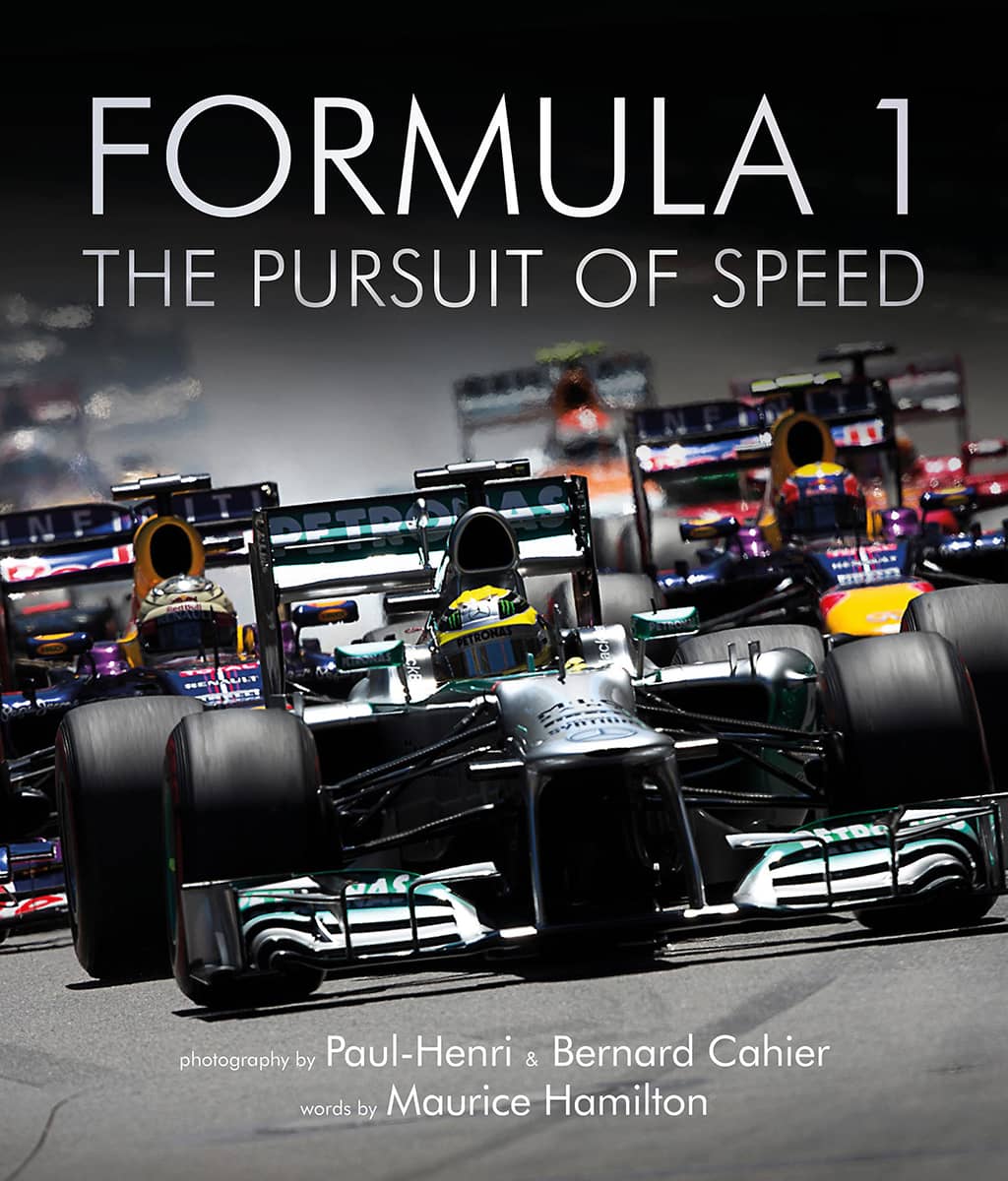




The pictures in this book are the work of a father and son photographic dynasty, and The Pursuit of Speed is the result of a project I had been wanting to do for quite a long time. A book that would blend and showcase the work that my late father and I have completed during the past sixty-four years in the extraordinary world of Formula One Grand Prix Racing (F1), a body of work that comprises what is known as The Cahier Archive.
So when I was contacted by Lucy Warburton from Aurum Press, telling me she had a book idea on the inside world of F1, I thought to myself that this could be a great opportunity. But selecting the relevant pictures from a collection of well over half-a-million photographs was no easy task. The tremendous evolution of both men and machines, from the glorious days of true camaraderie and endless tragedy to todays world of high-tech show, had to be blended into a coherent, harmonious and beautiful book. That was indeed a challenge, and the result is here, for your viewing pleasure. I hope you will enjoy reading the work as much as we have relished putting it together. Motor racing at the highest level is all about addiction to speed; it is the dance of life and death on the very edge of sanity. Intense emotions, unlimited courage, outrageous dexterity, powerful rivalries: all are blended in The Pursuit of Speed, and the result is a sort of visual symphony of this unique spectacle. My dad would be very proud.


THE PURSUIT OF SPEED

photography by
Paul-Henri & Bernard Cahier
words by
Maurice Hamilton

Sixty-four years is a long time by any standard. In Formula One, the progress and change have been immense. To have this evolution recorded is one thing; to enjoy the benefit of images exquisitely captured on camera is quite another.
That is precisely what weve got between the pages of this book, thanks to the precision, imagination and brilliance of the late Bernard Cahier and his son, Paul-Henri. Between them, father and son have reflected the growth and transformation of a sport that has been glamorous and spectacular throughout.
During this time, and despite enormous evolution, F1s fundamental framework has remained unchanged. The drivers are heroes, no matter what they drive; the rivalries and friendships continue exactly as they were in the 1950s, even if todays enmities are mercilessly exposed by social media.
These central themes are caught perfectly thanks to both photographers enjoying the privilege of being allowed behind the scenes and having the patience to recognise and catch the intimate and tense moments when up close. The subsequent images are unique and priceless.
In the same way that a racing drivers attire defines each era, the size, shape and sophistication of his car marks huge advances in technology across the decades. The teams may have expanded to match this progress but, like the drivers, at heart they remain exactly as they were.
Famous names such as Ferrari, McLaren and Williams continue to be motivated by a massively competitive urge that has not changed regardless of the high-tech trappings. The absolute focus is on finishing first. Second place is no more an option in 2016 than it was in 1956.
The canvas for this thrilling competition has been provided by more than seventy different race tracks since the World Championship began in 1950. And, once again, while the backdrops may have altered in keeping with the necessary demands for safety, the challenge provided by the slow corners and fast curves places the same call for that intoxicating mix of accuracy and daring by the men in their machines.
In the 1950s and 60s, street circuits were more prevalent than today. The images in this book highlight the raw and fairly basic demands placed on drivers by kerbs, lampposts and walls waiting to penalise the smallest error. More recent photographs bring home the understandable need for reducing these hazards while, at the same time, highlighting the sometimes extreme dangers endured decades before. This book brings a striking comparison between these vastly different eras, and only adds to the sense of respect for drivers and their exceptional skills.
When the cars are at rest and crash helmets are removed, there is the opportunity for photographers to capture the more candid moments. The authors have done this with an exquisite stealth that creates the relaxed impression of subjects not being aware of the cameras presence.
At the time of taking each photograph, the focus is literally and naturally on people. But looking at the images with hindsight, a study of the surroundings presents a penetrating portrait of how F1 and its trappings have changed, almost beyond recognition.
From the mechanic in oily overalls with a cigarette and a spanner, to the technicians in crisp uniforms tapping keyboards; from perspiring drivers with grease-stained faces in polo shirts, to todays sponsor-bedecked heroes with shining faces in flameproof overalls; from a kettle and teapot in the back of a shabby truck, to Michelin-inspired cuisine delicately served in air-conditioned business and social enclaves; from team management identified by smart suits and collars and ties, to serious-looking men and women wearing headsets and electronic credentials; all of these arresting comparisons of progress are graphically displayed across the following pages.
If a picture is worth a thousand words, then this book is the photographic equivalent of a major literary work on motor racing at its highest and most dramatic level.


First published in Great Britain
2016 by Aurum Press Ltd
7477 White Lion Street
Islington
London N1 9PF
quartoknows.com
Visit our blogs at quartoknows.com
Photography copyright The Cahier Archive 2016
Text copyright Maurice Hamilton 2016
Foreword Sir Jackie Stewart 2016
Maurice Hamilton has asserted his moral right to be identified as the Author of this Work in accordance with the Copyright Designs and Patents Act 1988.
Font size:
Interval:
Bookmark:
Similar books «Formula One: The Pursuit of Speed»
Look at similar books to Formula One: The Pursuit of Speed. We have selected literature similar in name and meaning in the hope of providing readers with more options to find new, interesting, not yet read works.
Discussion, reviews of the book Formula One: The Pursuit of Speed and just readers' own opinions. Leave your comments, write what you think about the work, its meaning or the main characters. Specify what exactly you liked and what you didn't like, and why you think so.

